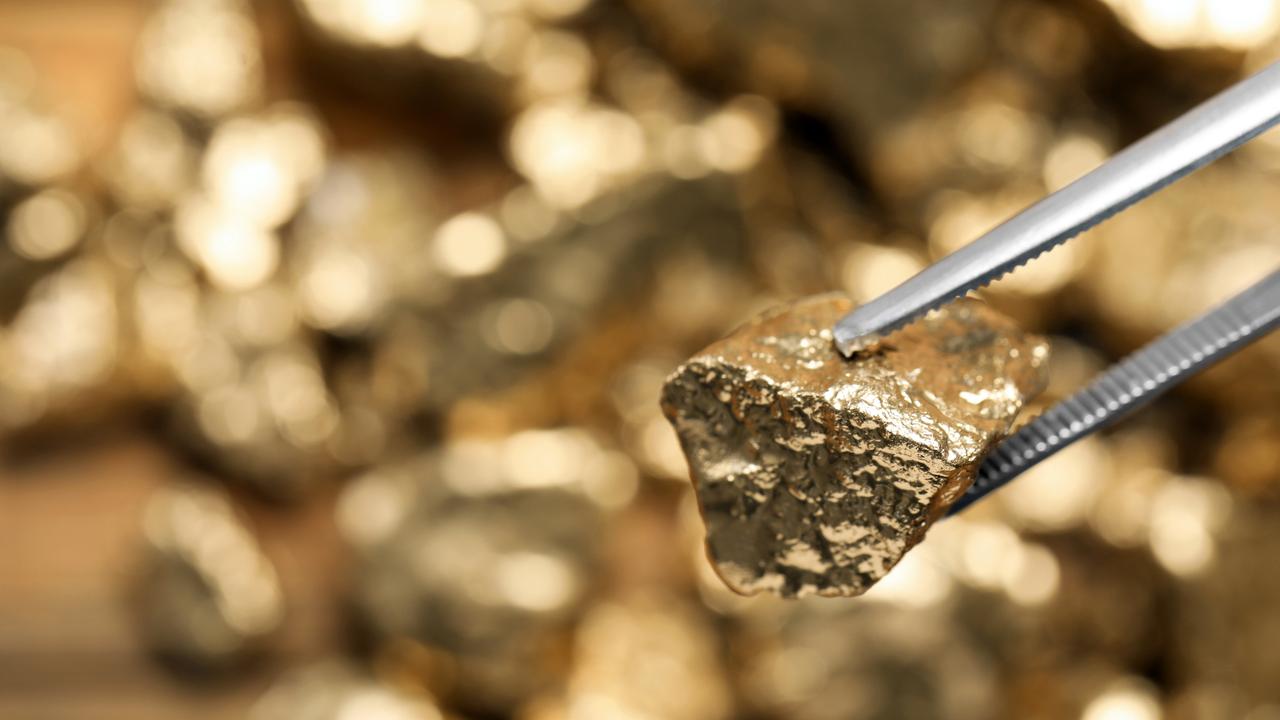Superannuation and climate change is a ticking time bomb that puts almost every Australian at risk
IT IS the ticking time bomb that could trigger another financial crisis and almost every working Australian is exposed to it. You have been warned.

IT IS the ticking time bomb that could trigger another financial crisis and almost every working Australian is exposed to it.
There is now so much money in superannuation, much of it invested in mining stocks and other climate change exposed industries, that it has the potential to bring on another financial crisis, warns former Liberal leader John Hewson.
Superannuation represents the biggest pool of money in the world, totalling about $30 trillion and for many people it is their biggest or second biggest asset.
But the lack of interest in super means most don’t realise how exposed their money is to changes in climate policy.

Mr Hewson said managers of superannuation funds had been slow to take into account the cost of climate action as part of their investment decisions. About 55 per cent of people’s super funds in Australia are still being invested in climate exposed industries such as mining stocks.
In contrast, Mr Hewson said only 2 per cent of funds were invested in low-carbon technology such as solar or wind energy.
This has created the potential for a “carbon bubble”, especially as countries move increasingly towards adopting climate change measures.
For example, some fossil fuel companies may never achieve their full financial value because of policies to limit global warming to 2C, which has been agreed to by 190 countries.
In 2012, the International Energy Agency acknowledged that without carbon capture and storage technology, more than two thirds of coal, oil and gas reserves could not be burnt before 2050, if the world was to have a 50 per cent of limiting global warming to 2C.
“They are underpricing the risk so they are putting our superannuation moneys at risk,” Mr Hewson said.

Mr Hewson is the chair of the Asset Owners Disclosure Project (AODP), which produces the Global Climate Investment Index that evaluates how most of the world’s biggest investors are managing the risk of climate change.
Last year the survey of the world’s 1000 largest super and sovereign wealth funds found four of the 10 top funds were from Australia.
Australians are being urged to educate themselves about their retirement savings, and can check the index to see how their funds deal with climate change risk.
The Climate Institute, a partner of the AODP, also has a report Climate Smart Super: Understanding Superannuation and Climate Risk that offers information on how to take a more active role in managing super.
Sadly, many super fund managers did not respond to requests for information, Mr Hewson said.
“There is a hypocrisy there as fund managers ask companies to disclose how they are managing climate risk but don’t want to do it themselves,” he said.
Mr Hewson will talk about the issue on August 30 at Sydney’s Festival of Dangerous Ideas.

While superannuation funds are particularly vulnerable to climate risk because of the long-term nature of their investments, Mr Hewson said one of the biggest problems was that asset managers had a short-term focus and were paid based on short-term benchmarks.
Mr Hewson, an economist who has worked for the Australian Treasury, the Reserve Bank and the International Monetary Fund, said the attitude of fund managers probably ranged from ignorance to not wanting to worry about it.
But the risks were real and Mr Hewson said they were even higher than those experienced in the subprime mortgage sector before it crashed.
During the financial crisis that hit the US in 2007, stock prices fell about 50 per cent from October 2007 to March 2009.
Mr Hewson said if there was the chance that people would lose half their money due to a superannuation crisis, “why aren’t (asset managers) managing that risk now?”

Mr Hewson said it was very disheartening that the carbon tax had been axed and it had yet to be demonstrated that Mr Abbott’s Direct Action policy could deliver Australia’s commitment to reduce carbon emissions by 5 per cent by 2020. Even if this could be achieved, Mr Hewson was concerned about how much it would cost.
While Mr Abbott has suggested that he had a mandate to axe the tax, Mr Hewson doesn’t agree.
“The main reason he (Mr Abbott) was elected was not because of the carbon price, it was because the other government was a disaster,” Mr Hewson said.

Mr Hewson said the Abbott Government had run a scare campaign on the carbon tax but it was hardly a sensible medium-term policy.
He said he expected the government would eventually act, especially if the rest of the world moved towards climate change action at the 2015 UN Climate Change Conference, but “Australia will have to play catch up”.
US President Barack Obama has already announced a plan to cut carbon emissions from power plants by 30 per cent by 2030, while Germany can now produce half of its energy needs from solar power.



